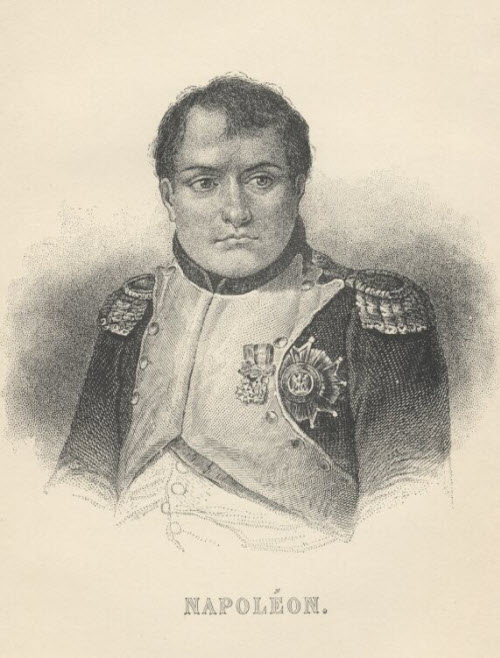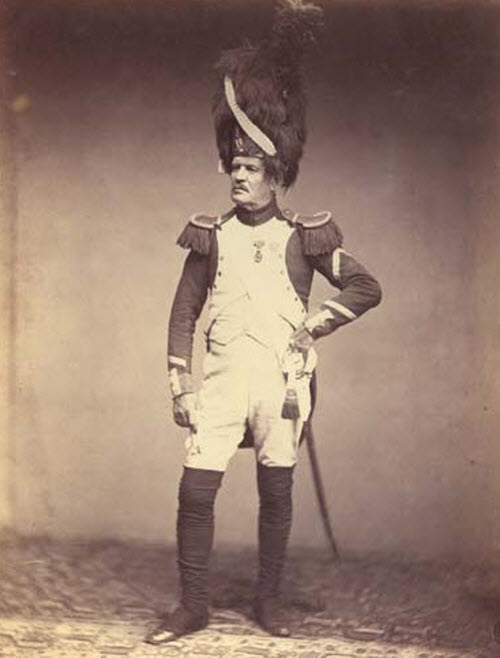Mary Louise, Empress of France
The Austrian Princess Who Became Napoleon's Second Wife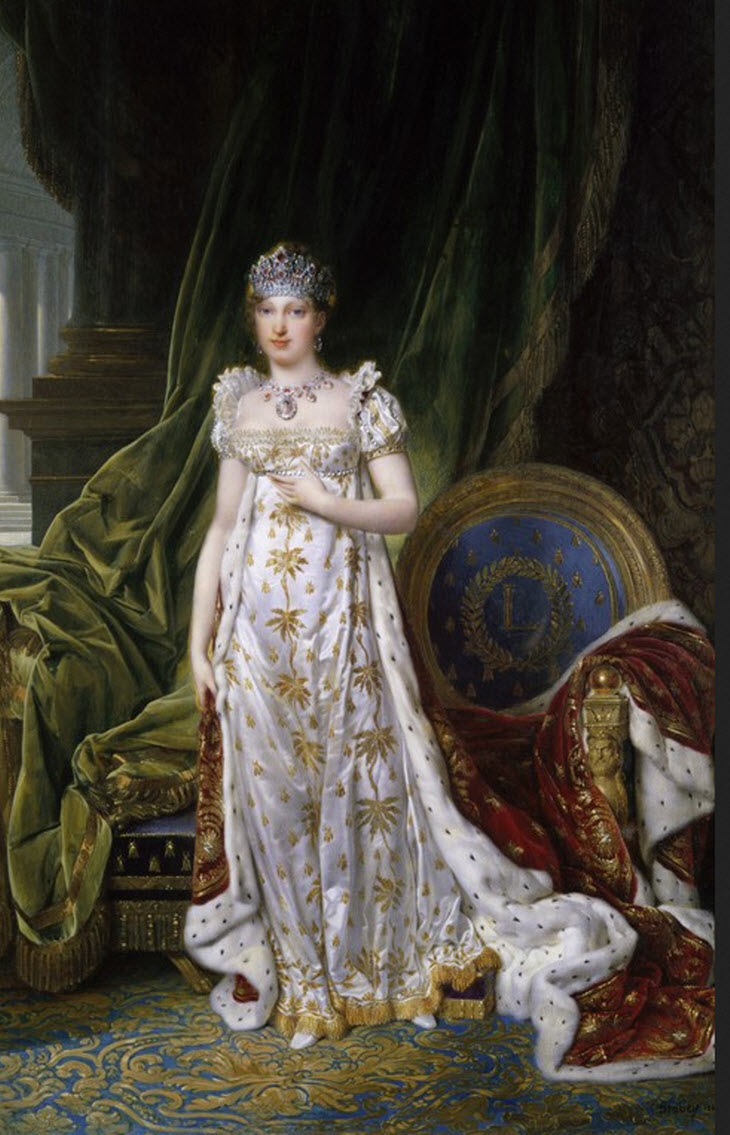
At the age of 19, a young Austrian princess named Marie Louise found herself a pawn in the struggle between Napoleon and the Austrian Empire. She was married off to Napoleon, a man more than twice her age, and whom she had never met. Her destiny would be forever tied to the fortunes of Napoleon.
Empress Marie Louise of France, Archduchess of Austria (German: Maria Ludovica Leopoldina Francisca Theresa Josepha Lucia von Österreich 12 December 1791 -- 17 December 1847), was the second wife of Emperor Napoleon I of France. During her first marriage, she was Empress of the French. In 1817, she became Duchess of Parma, Piacenza and Guastalla
Related Articles
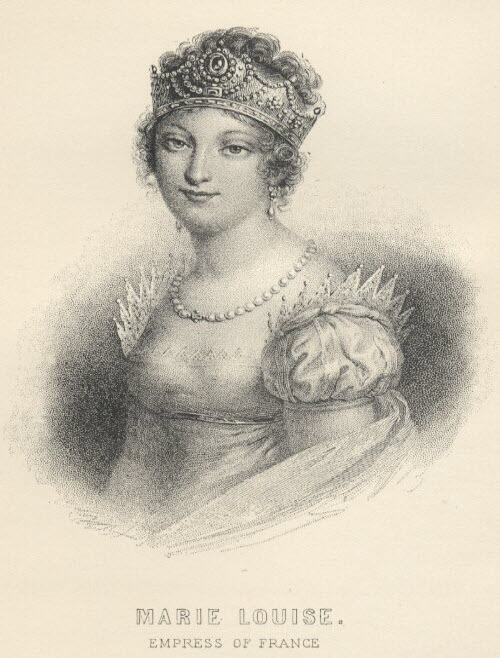
An Austrian Princess Does Her Duty
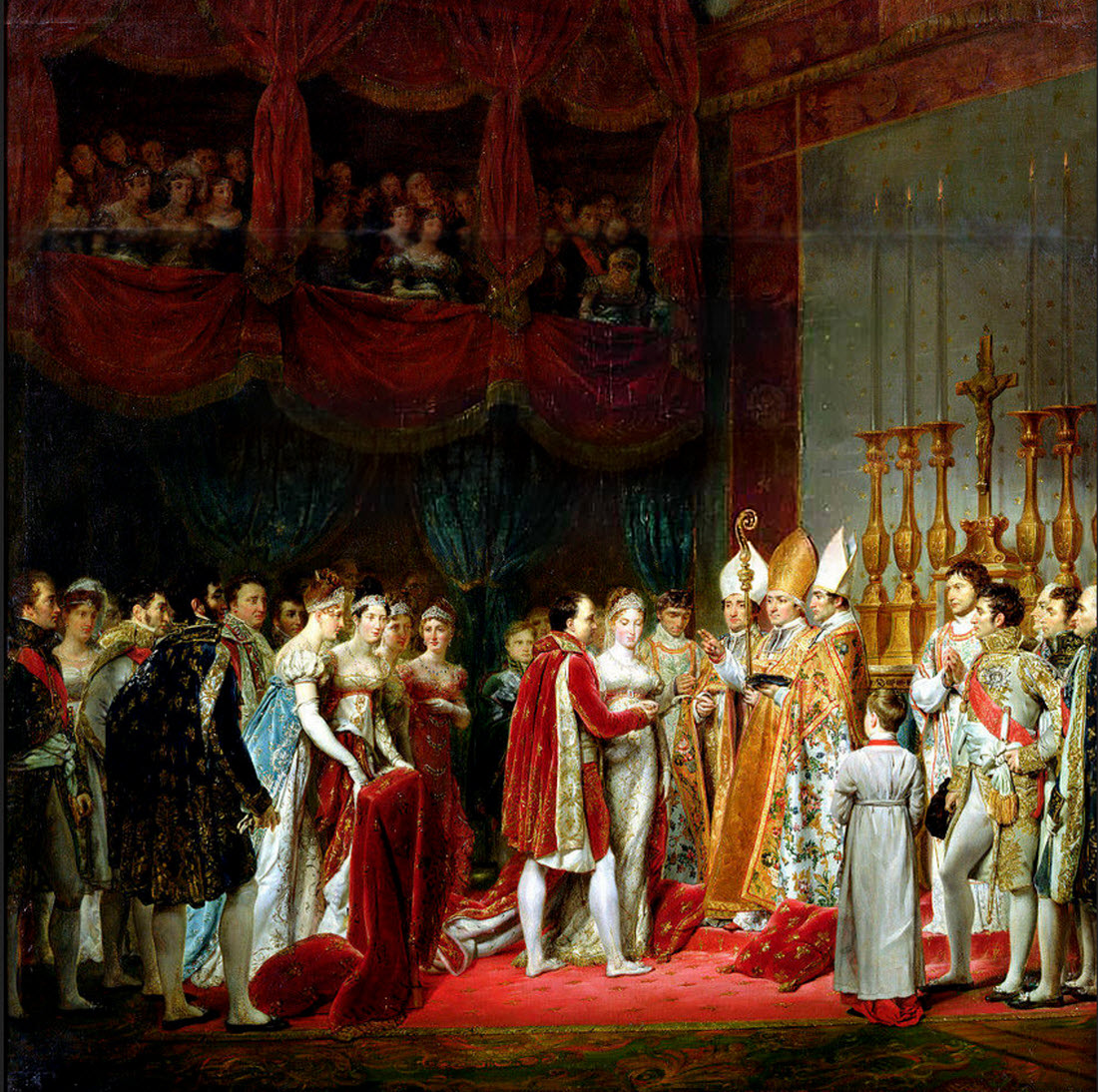
Marriage of Napoleon and Marie Louise
MARIE LOUISE, Empress of France, born in Austria, Dec. 12, 1791; died Dec. 18, 1847. She was a daughter of Emperor Francis I. of Austria and in 1810 married Emperor Napoleon I., after he had divorced the Empress Josephine. She was regent of France in 1812 and 1813 and was not permitted to accompany her husband when he abdicated and went to Elba. After the final overthrow of Napoleon, she received the duchies of Piacenza, Parma, and Guastalla, over which she ruled until her death. She was the mother of a son by Napoleon, born March 20, 1811, who was called King of Rome. In 1821 she married Count von Neipperg, whose death occurred in 1829.
Maria Louisa grew up during the wars which followed the French Revolution, and the subsequent Napoleonic wars. During these wars, her native Austria suffered greatly from the ravages of war.
In 1809, Napoleon barely survived an assassination attempt and he deemed it necessary to have a male heir in order to secure the continuation of his imperial dynasty after his death. His first wife, Josephine, had failed to bear him a son and so Napoleon divorced her with the intention of marrying again, Napoleon was also anxious to marry a princess of a leading royal family in order to legitimize his own rule.
Napoleon proceeded to shop for a wife through diplomatic channels and at first considered and proposed marriage to the sister of the Russian Czar Alexander I, the Grand Duchess Anna. He hoped to thereby cement an alliance with the great Russian Empire. However negotiations for a marriage contract between himself and the Russian Empire dragged on.
Meanwhile, the Austrian Empire became alarmed at the prospect of a marriage alliance between France and Russia, fearing that they would be squeezed between France and Russia. At the time, France and Austria had reached a temporary peace, but hostilities might resume at any moment. The Austrian foreign ministry therefore approached Napoleon and suggested that he marry Maria Louisa instead.
Mary Louisa was an attractive and accomplished young woman. In order to increase her worth as a potential wife and pawn in political affairs, Maria Louise had been well educated and spoke German, Latin, Spanish, French and Italian fluently, in order to be able to marry her off to the best candidate, regardless of his nationality. Such was the role of Austrian princesses, that they were essentially pieces in a chess game between rival European powers, and their personal wishes or choice of husband did not matter.
Frustrated at the lack of progress in his marriage negotiations with Russia over the Duchess Anna, Napoleon withdrew his marriage proposal and entered into an agreement with the Austrian government to marry Maria Louisa. All of the details were arranged between the respective ambassadors of the two countries, and Marie Louise not only had no input into the terms of the marriage contract, but had no idea that she was about to be married off to Napoleon.
Just the year before, in 1809, Marie Louise she and the rest of the Austrian royal family were forced to flee Vienna in difficult circumstances when Napoleon occupied the city. Now uneasily at peace, the two countries were negotiating to trade Marie Louise as they would any piece of property.

Marie Louise, with her son, Napoleon II
The first Marie Louise learned that she was to be the wife of Napoleon Bonaparte was after the Austrian foreign minister and the French counterpart had already signed the marriage contract on her behalf. When asked for her consent by the Austrian government, Marie Louise replied: "I wish only what my duty commands me to wish."
Soon after Marie Louise was married to Napoleon on March 11, 1810, without ever having met him in person. She was 19 and Napoleon was 41. The wedding was performed in Vienna, with Napoleon attending by proxy. Marie Louise's uncle stood in for Napoleon at the ceremony. A few days later she departed Vienna and went to join her husband. When she met him she is said to have remarked: "You are much better-looking than your portrait.". Once in paris, Marie Louise went through a second marriage ceremony, this time with both parties attending their wedding in person.
In spite of the way the marriage was arranged, it seems that Napoleon was genuinely smitten by Marie Louise and extremely devoted to her. For her part, Marie Louise was faithful and obedient to the Emperor, who remarked his pleasure at the fact that with Marie Louise, there was "Never a lie, never a debt" - a reference to the fact that his first wife, Josephine, had been unfaithful and known for wild excessive spending.
On March 20, 1811 she gave birth to Napoleon's child, Napoléon François Joseph Charles Bonaparte, who was given the title King of Rome. Child birth was extremely dangerous in those days due to a lack of proper sanitation and medical care, and many women died in childbirth. Napoleon was overjoyed that his wife had survived, and remarked that he would prefer to not have any more children, rather than see her suffer so much again.
The next year, Napoleon embarked on his invasion of Russia. During the campaign, Marie Louise kept in touch with him by correspondence, but they would have little in person contact thereafter, except briefly when Napoleon returned from his disastrous retreat. Marie Louise's homeland of Austria turned on Napoleon and now joined in a general campaign against him. Soon after the allies seized Paris and Napoleon was exiled to Elba. The Empress was prevented by the Austrians from joining her husband in exile and was instead sent to a spa town in the company of a minder, an Austrian officer named Count Adam Albert von Neipperg, a soldier and diplomat. Neipperg had been repeatedly wounded in battle and had lost an eye.. Neipperg mission was to prevent Marie Louise from rejoining her husband, presumably because the presence of an Austrian crown princess in Napoleon's exile was an affront to the Austrian royal family. The count understood his role perfectly and remarked: "In six weeks, I will be her best friend and in six months her lover".
Neipperg's confident prediction came true and he and Marie Louise became lovers. When Napoleon escaped from Elba, Marie Louise declined to rejoin her husband but she remained font of Napoleon and refused to publicly join in prayers in the Austrian capital asking God's favour in defeating the French.
After the final defeat of Napoleon, Marie Louise was appointed Duchess of Parma where she reigned on behalf of the Austrians, who actually controlled the principality. Neipperg was appointed her prime minister, taking his real orders from the Austrian foreign minister.
When Napoleon died, Marie Louise married Neipperg in 1821 after the death of Napoleon. She and Neipperg had three children. Two of their children were born while Napoleon was still alive and she remained legally married to him.
Neipperg died in 1829 and was much mourned by Marie Louise. However the Austrian foreign minister, Metternich, as usual, saw fit to find a replacement for Neipperg, presumably so that he could better control Marie Louise. Metternich sent Charles-René de Bombelles to Marie Louise's household in 1833. Six months later, on 17 February 1834, she married him.
Mary Louise died on December 17, 1847 at the age of 56.
